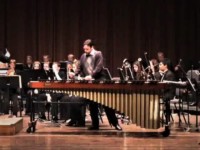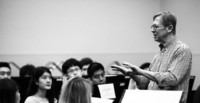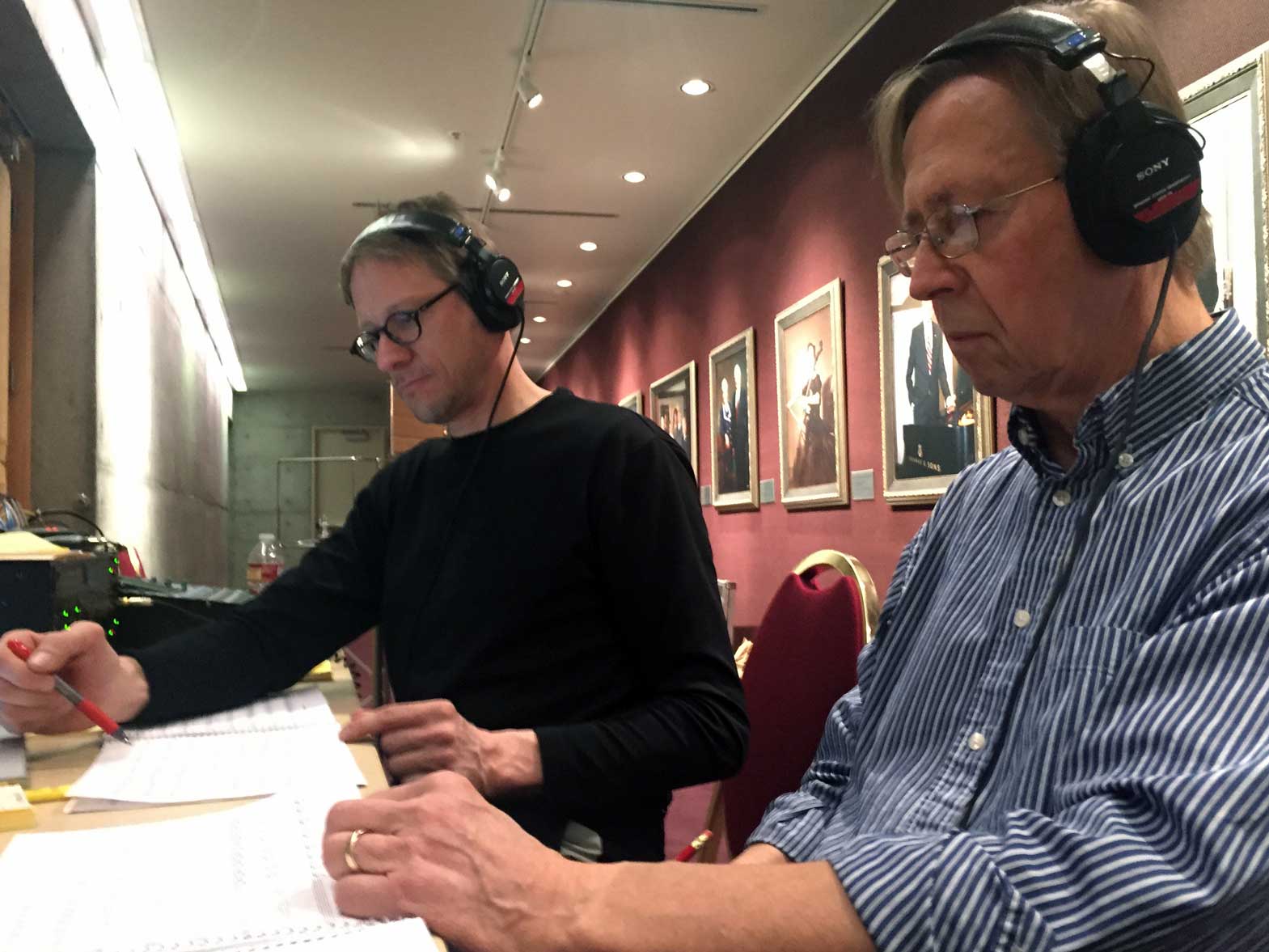Dr. Michael Varner’s lecture recital on David’s marimba concerti gives an analysis of the musical structure and marimba techniques in Arcadia II and the Concerto for Marimba and Band. The lecture provides insight into influences that have contributed to David’s unique approach to writing for marimba and gives an overview of the wealth of repertoire he has written for this instrument.
Abstract:
Although David Maslanka is not a percussionist, his writing for marimba shows a solid appreciation of the idiomatic possibilities developed by recent innovations for the instrument. The marimba is included in at least eighteen of his major compositions, and in most of those it is featured prominently. Both Arcadia II: Concerto for Marimba and Percussion Ensemble and Concerto for Marimba and Band display the techniques and influences that have become characteristic of his compositional style. However, they express radically different approaches to composition due primarily to Maslanka’s growth as a composer. Maslanka’s traditional musical training, the clear influence of diverse composers, and his sensitivity to extra-musical influences such as geographic location have resulted in a very distinct musical style. His exemplary attention to detail and sound timbres give his works an individualized stamp. The evolution of motivic gestures is the most distinctive characteristic of Maslanka’s compositional process. Maslanka freely incorporates forms and structural principles of the baroque and classical periods, but these principles are not applied in a strict sense. These factors combine to produce two works that are both unique and significant in the literature for marimba. They exhibit a sensitivity to sound timbres while maintaining a mature approach to melody, harmony, and rhythm acknowledging the traditions of earlier eras.
This study examines compositional techniques, aspects of formal structure, tonality, melodic content, and marimba technique found in David Maslanka’s Arcadia II: Concerto for Marimba and Percussion Ensemble (1982), and Concerto for Marimba and Band (1990). Transcripts of personal interviews provide valuable insights into Maslanka’s approach to composition and other issues pertinent to the study of his compositions for marimba. Biographical information and an overview of his works that include marimba will serve as background material.



